I want to share information how the edge loops fit.
Depending on the type of knitting and the seam type when assembling the product.
In addition to special knitted seams, the product may be associated with a typewriter, in this case, if you cross the stitching stitch, then when the product is unscrewed after the first edge, and before the last, it is easier to sew it easier to sew it easier.
"Smooth edge"
Such design of the region is practically suitable for all patterns, especially for jacquard and patent patterns. At the beginning of each row, the edge to remove, without told, as in the face of knitting (thread behind the loop), the last knit the wrong, better "grandmother".
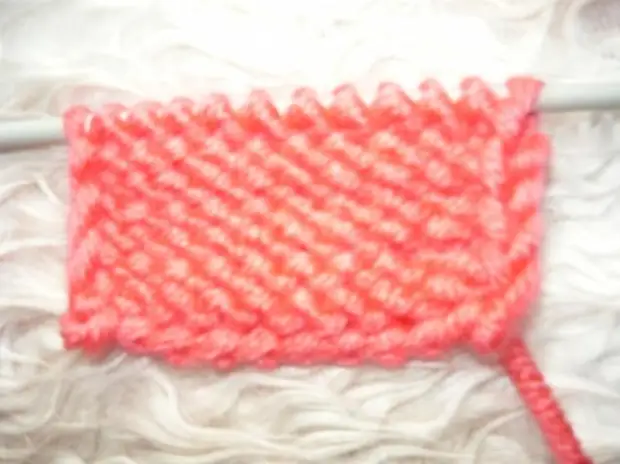
One of the edge accounts for two rows of knitted canvas,
Easily calculate the authors, it is very convenient.
"NOWERS"
The edge is more dense and durable, suitable when unscrewing
Vertical loops for buttons, for finishing slats.
Such edge is performed as smooth,
only in each row the last loop knit no wrong,
And the classic facial, behind the front wall.
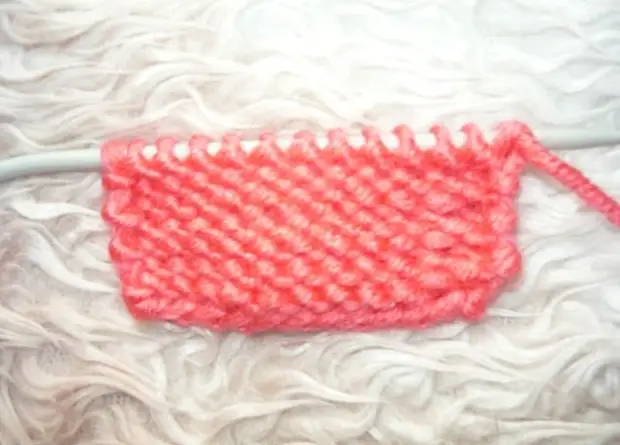
Each edge account for one row of knitted canvas.
"Tool edge"
Less stretching
in front of - The first loop is removed as when facial knitting
(thread behind the needles), the latter knits facial.
In the involving row - The first is removed as in the wrong knitting
(thread in front of the loop), the last loop knives the wrong.
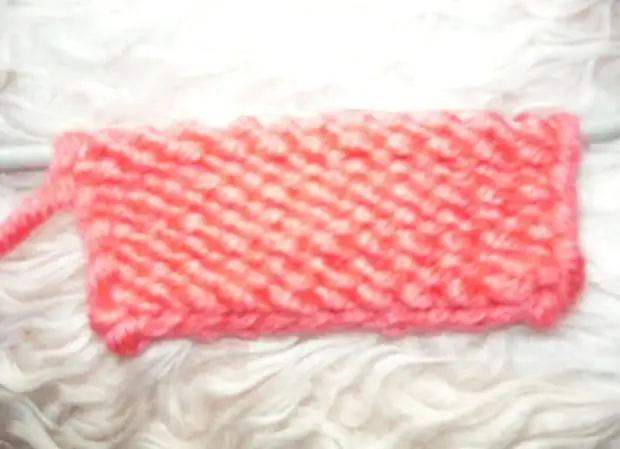
"Flat Edge"
on the front side - The first and last loops knit
Facial "grandmother" for the rear wall
On withdrawal - the first and last loop remove without told,
As with an invalo knitting thread in front of the loop)
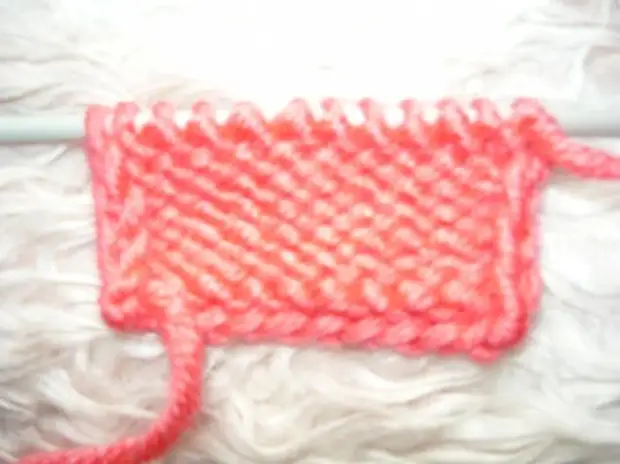
"Double edge"
You can use clashing boards,
Particularly effectively looks like a sweating knitting.
The edge consists of two hinges.
At the beginning of each row - edge to remove as a facial,
And the adjacent loop to stick the face for the front wall.
At the end of each of the following row (from the same edge)
the penultimate loop to remove, without tissing (thread in front of the loop),
And the last edge to check the wrong.
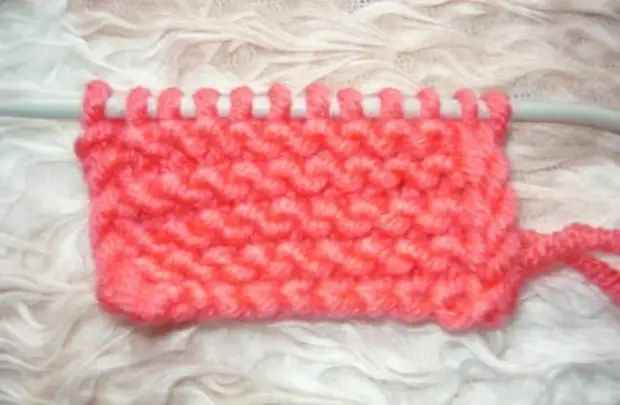
"Figure Edge"
on the front side - The first loop is removed without told,
As in the face of knitting, the second loop is in charge of the wrong,
The penultimate loop at the end of the row is insensted
Lastly removing both in the face of knitting (thread behind the loop).
On withdrawal - two first and two recent loops
We are in the involvement.
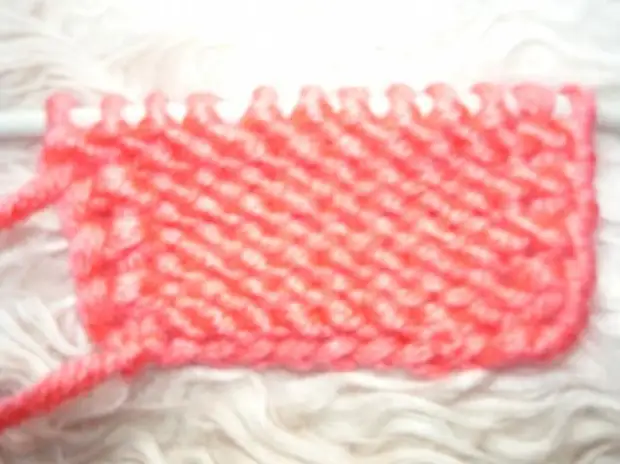
So that the side edges of the canvas are not stretched, you need,
Removing the edge, very tightly tighten it on the knitter, the next loop, too, knit tight.
A source
